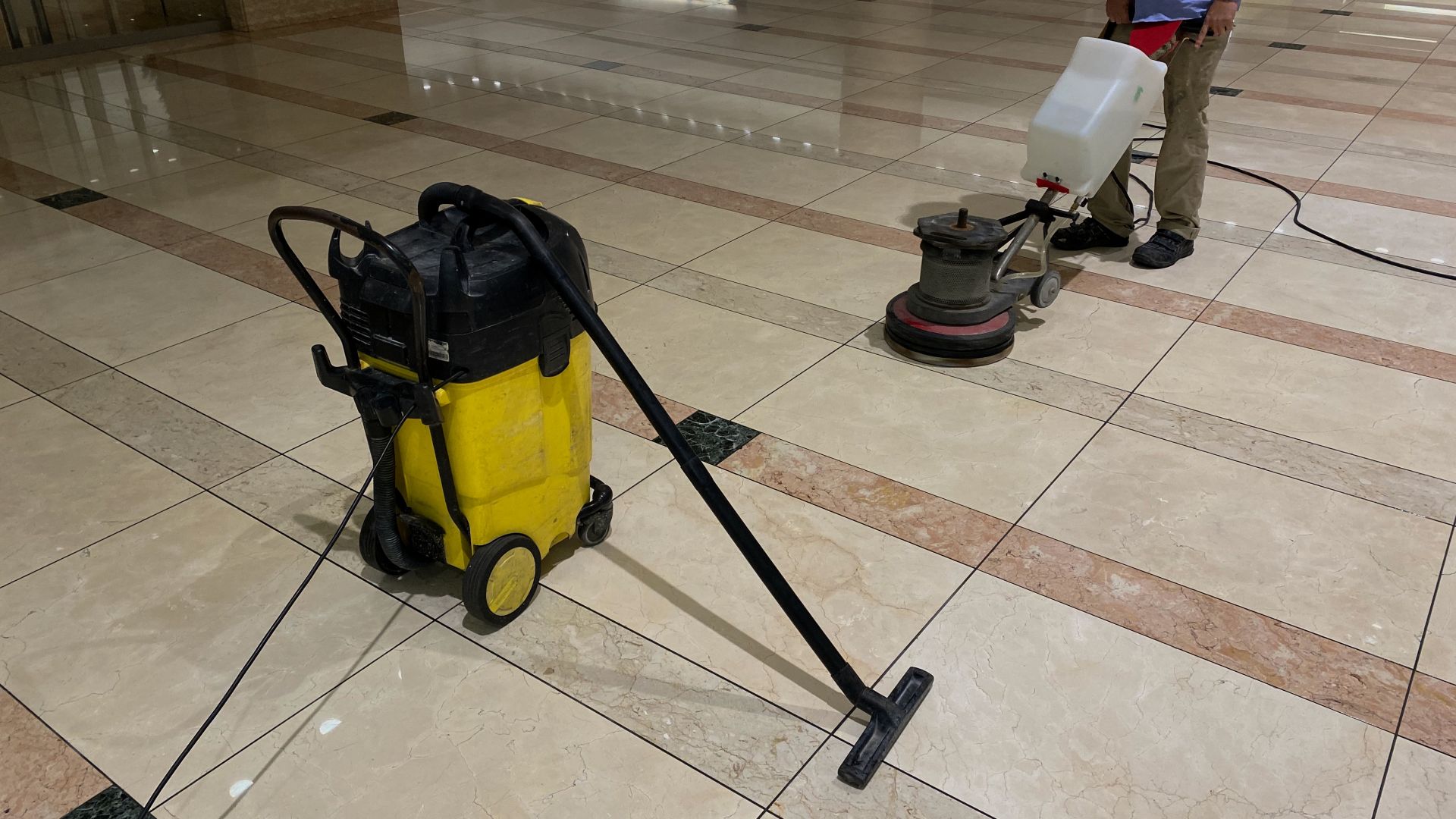Blog
Effectiveness of Mosaic Tile Polishing Methods
Effectiveness of Mosaic Tile Polishing Methods
Mosaic tiles, with their rich and diverse history, date back to as early as 3000 years ago, with roots in Mesopotamia and ancient Greece. Even today, they continue to add a touch of timeless elegance to contemporary spaces. But the beauty of mosaic tiles comes with its unique mosaic polishing needs.
Commercial mosaic tiles today are engineered with specific requirements in mind. Most are exceptionally durable to withstand high foot traffic, making materials like porcelain and ceramic popular choices. Additionally, commercial spaces demand easy maintenance, leading to the preference for non-porous tiles that resist stains and moisture.
Design-wise, modern commercial mosaics often incorporate advanced digital printing, allowing for intricate patterns and branding elements. Furthermore, tiles have modern design trends, offering various shapes, sizes, and customizable options to create distinctive, eye-catching patterns. That’s why assessing the effectiveness of your mosaic polishing efforts becomes critical as well, and ServiceZet helps you with that.
Assessing the effectiveness of your mosaic tile polishing methods is essential to maintaining the tiles' beauty and longevity. Below are some key methods to consider:
Start by visually inspecting the mosaic tiles after the polishing process. Look for inconsistencies in shine, scratches, or areas where the polish hasn't been evenly applied.
Simply run your hand over the polished surface. Rough or uneven textures indicate ineffective polishing.
Assess the reflectivity of the tiles by observing how they reflect light. Properly polished mosaic tiles should have a consistently reflective surface without dull spots.
Effective polishing methods should remove stains and grime, leaving the mosaic tiles clean and vibrant.
Examine the grout lines carefully. Effective polishing should not damage or discolour the grout. The transition between the tiles and grout lines should be smooth.
If your mosaic tiles have specific patterns or designs, ensure that the polishing method maintains the consistency of these patterns. Irregularities in pattern alignment indicate inadequate polishing techniques.
Place a few drops of water on the polished surface. If the water is absorbed, it indicates a lack of sealing and polishing effectiveness.
Effective polishing should enhance the tiles' resilience, making them resistant to scratches and damage from regular wear.
View the mosaic tiles under various lighting conditions to ensure they shine and reflect light beautifully.
Before applying the polishing compound to the entire mosaic surface, perform a test in an inconspicuous area to ensure it doesn't cause any adverse effects or damage to the tiles.
Check for any residue left behind by the polishing compound. Residue can dull the surface over time. If any residue is present, thoroughly clean and rinse the mosaic tiles to remove it.
When in doubt, consult professional tile polishers like ServiceZet because experts can offer comprehensive evaluation of the tiles. They can offer insights on how to maintain the polish, and also suggest improvements if necessary.
By meticulously considering these aspects, you can assess the effectiveness of your mosaic tiles’ polishing methods. Regular evaluations and a commitment to refining your techniques will help your mosaic tiles maintain their aesthetic appeal and durability, enhancing the overall ambiance of the space they adorn.

ServiceZet excels in delivering mosaic tile polishing services with a distinctive approach that ensures longevity and enduring beauty for your tiled surfaces which includes:
We recognize that mosaic tiles can vary in material and composition, so our first step is a meticulous assessment of the type of mosaic tiles you have. This allows for the selection of the most appropriate polishing compounds and techniques, ensuring that the treatment is tailored to your specific tiles.
ServiceZet's team consists of skilled professionals with extensive experience in mosaic tile care. Our in-depth knowledge ensures that the polishing process is executed with precision and expertise.
Different mosaic tiles are made from various materials like glass, ceramic, or natural stone. The type of material significantly affects the polishing approach. We utilize material-specific polishing compounds designed for specific materials. This approach ensures that the tiles are treated with products that enhance their unique qualities and maintain their longevity.
Before polishing, ServiceZet emphasizes thorough surface preparation. We meticulously clean the mosaic tiles, removing loose dirt and debris to ensure that the polishing process is more effective and that the tiles are free from abrasions.
We conduct preliminary testing in small areas to ensure that the chosen polishing compound and techniques suit your specific mosaic tiles. This prevents any accidental damage.
Our application techniques involve gentle and consistent pressure, using soft, lint-free cloths or appropriate buffing tools. The experts maintain a uniform motion across the entire surface to achieve a uniform finish that enhances the mosaic's shine and longevity.
ServiceZet is meticulous about residue removal. Any leftover residue from the polishing process can compromise the longevity of the tiles, so we ensure thorough cleaning and rinsing to leave your mosaic surfaces completely free from residue.
Our processes not only restore shine but also safeguard mosaic tiles against the rigours of everyday use.
In conclusion, ServiceZet's unique and comprehensive approach to mosaic tile polishing encompasses every critical aspect, from tailored solutions to professional expertise, material-specific products, and quality assurance, ultimately ensuring that your mosaic tiles maintain their aesthetic brilliance for the long term. To learn more about our mosaic tiles polishing services, you can visit our website today.